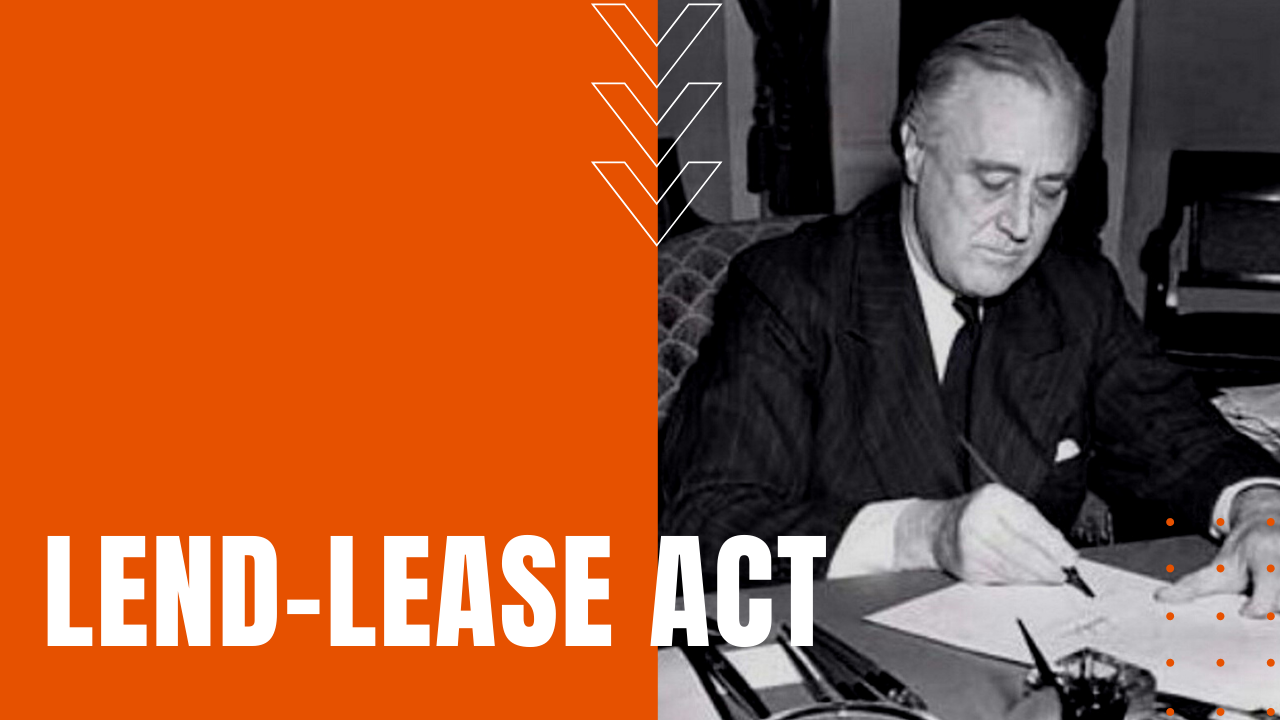The Lend-Lease Act of 1941

In the decades following the First World War, many Americans remained extremely wary of becoming involved in any costly international conflicts, preferring a policy of isolationism from outside world events. But after Germany invaded Poland in 1939—the first step in the Nazi’s blitzkrieg sweep across Europe—President Franklin D. Roosevelt declared that while the United States would remain neutral by law, it was impossible “that every American remain neutral in thought as well.”
Before the passage of the Neutrality Act of 1939, Roosevelt persuaded Congress to allow the sale of military supplies to allies like France and Britain on a “cash-and-carry” basis, which meant that they paid cash for American-made supplies, before transporting their purchases across the Atlantic on their own ships. By the summer of 1940, France had fallen to the Nazis, leaving Britain to fight virtually alone against the Hun, both on land, sea air.
After the new British prime minister, Winston Churchill, appealed personally to Roosevelt for help, FDR agreed to exchange more than 50 outdated American destroyers for 99-year leases on British bases in the Caribbean and Newfoundland, which would also be used as U.S. air and naval facilities.
What was the Lend-Lease Act?
In mid-December 1940, Roosevelt introduced a new policy initiative whereby the United States would lend, rather than sell, military supplies to Great Britain for use in the fight against Nazi aggression. Payment for the supplies would be deferred and could come in any form Roosevelt deemed necessary.
Despite heavy opposition among isolationist legislators, in March of 1941, Congress passed the Lend-Lease Act and Roosevelt signed it into law. Six months later, America would formally enter World War Two after Japan’s unprovoked attack on Pearl Harbor, instantly and forever removing the notion of isolationism from the American political landscape.
